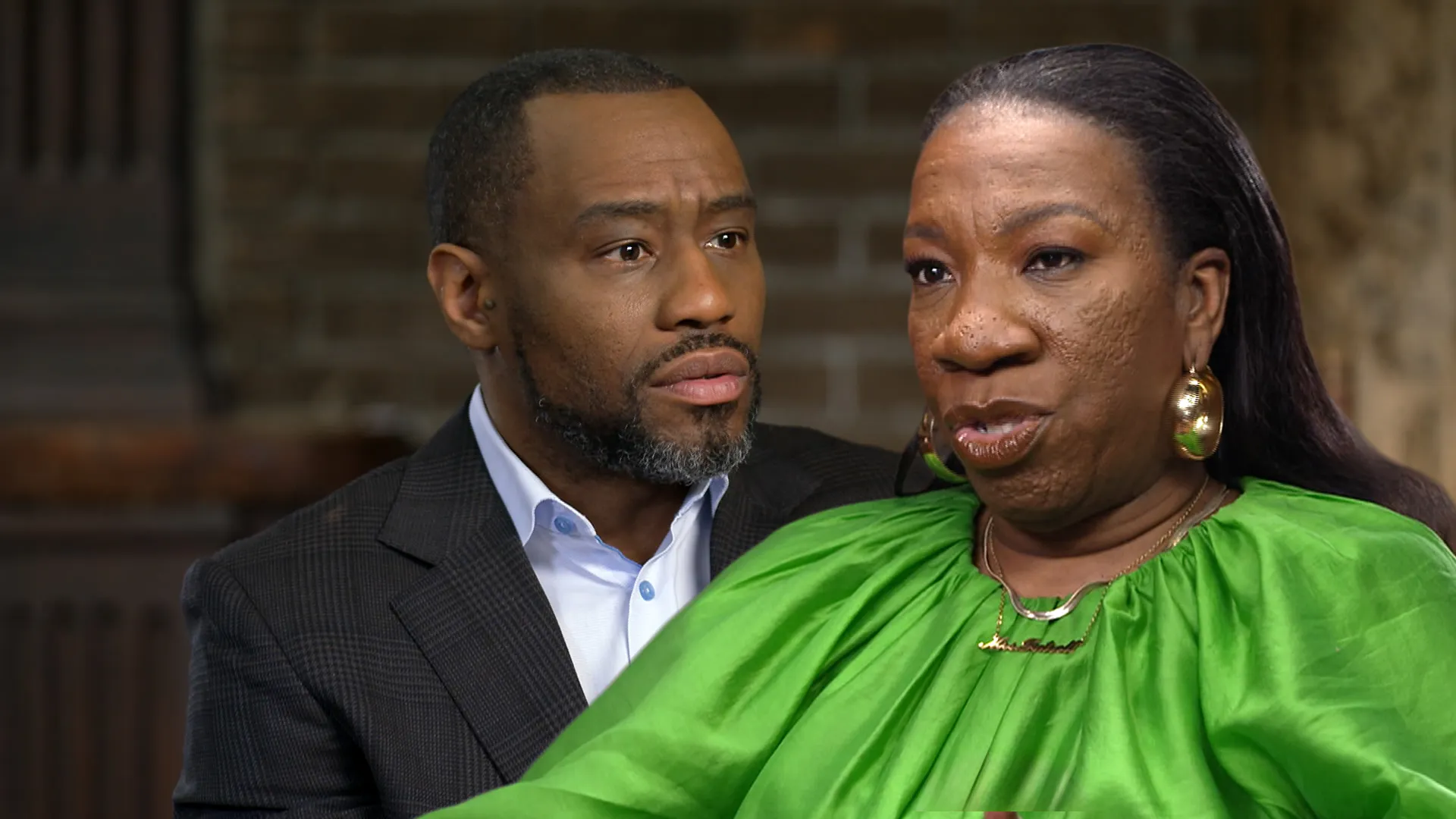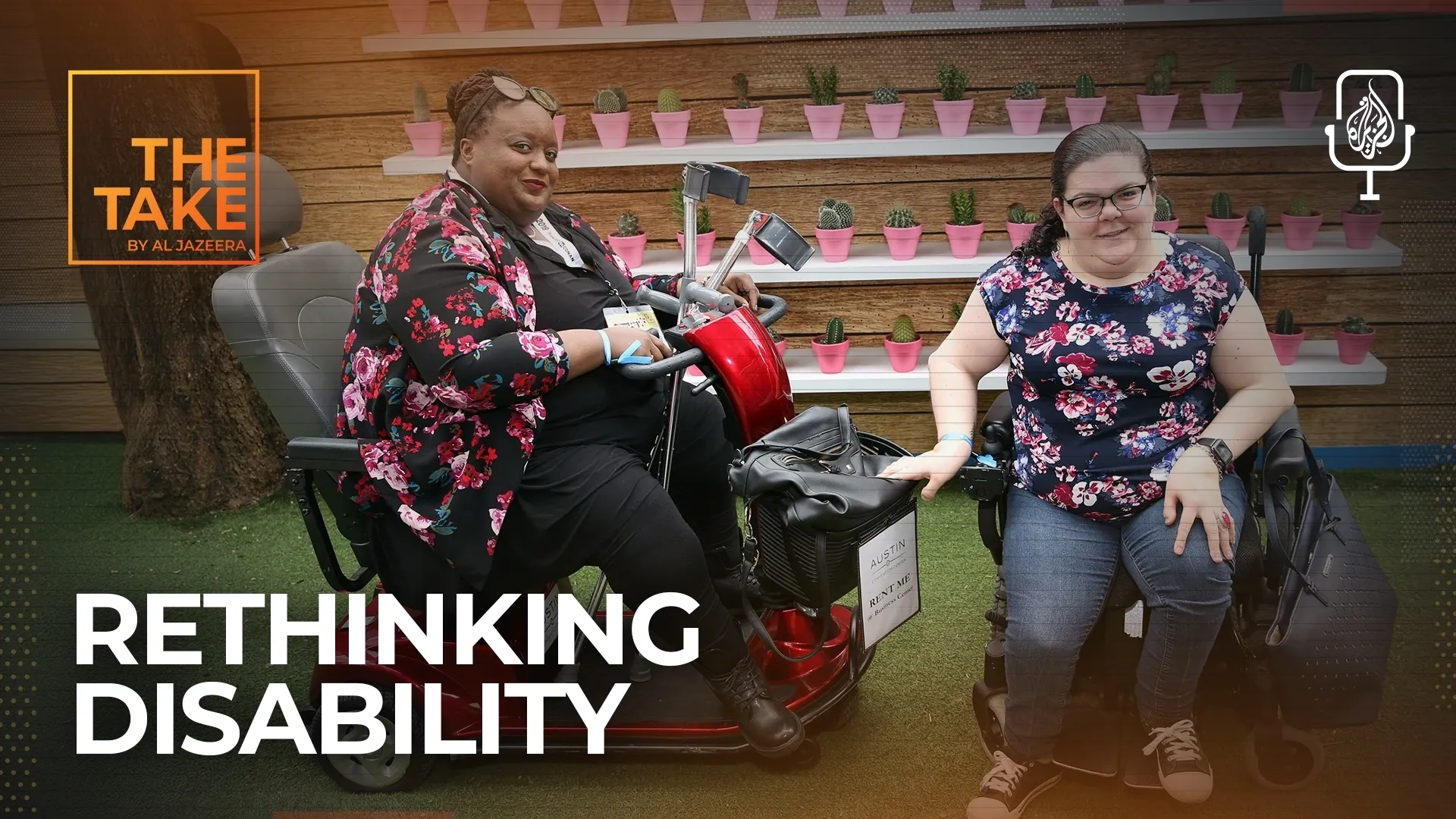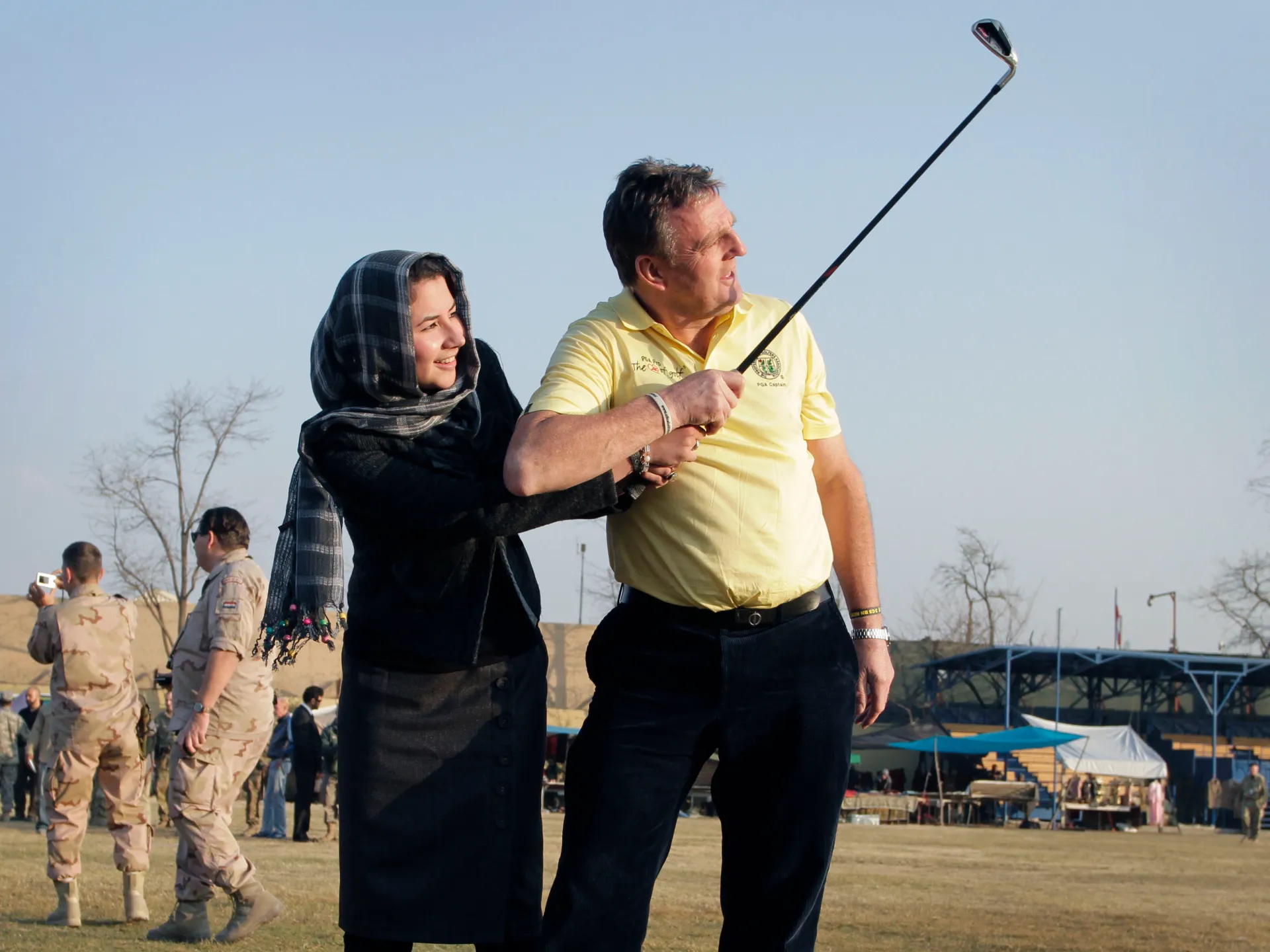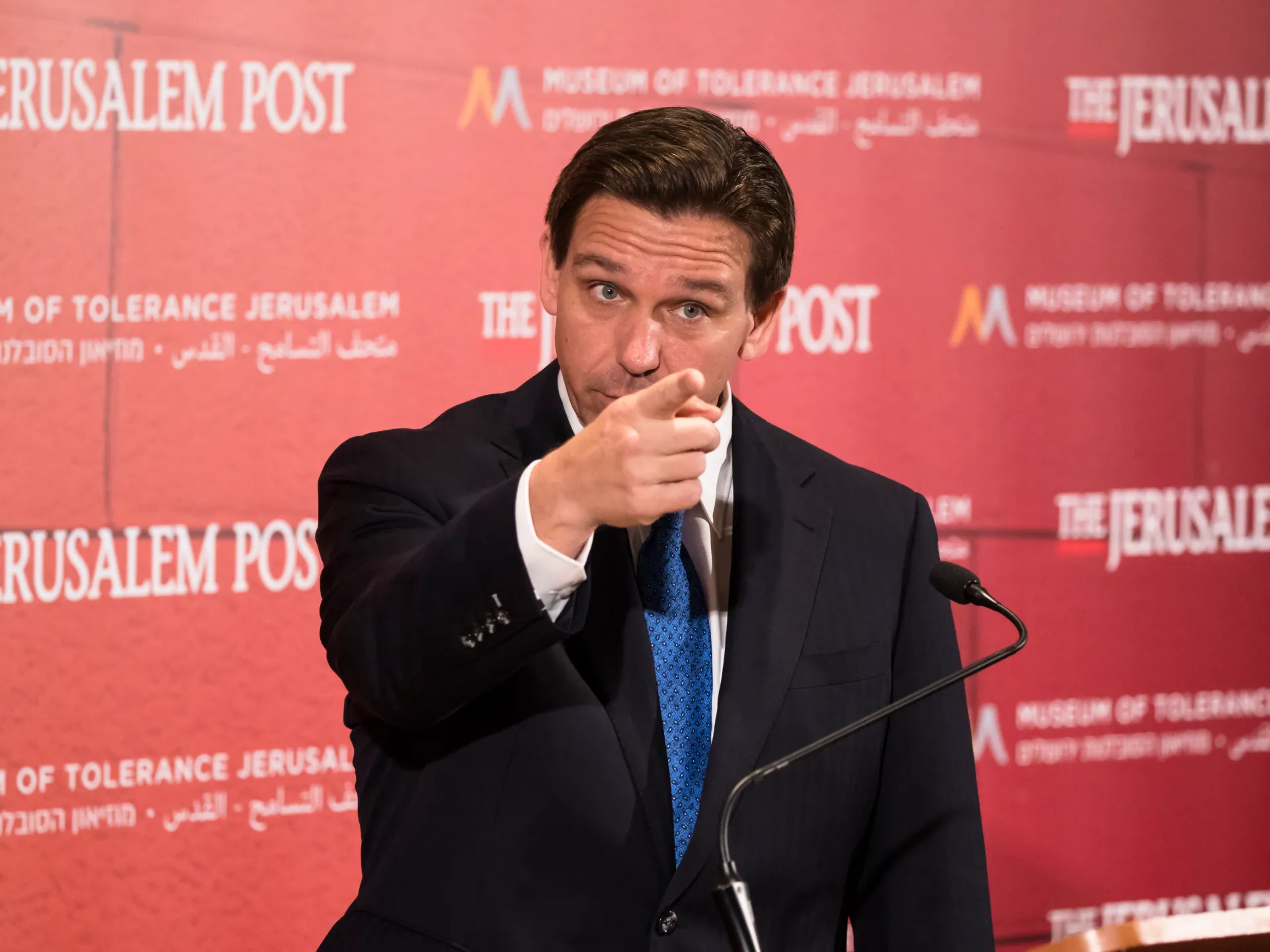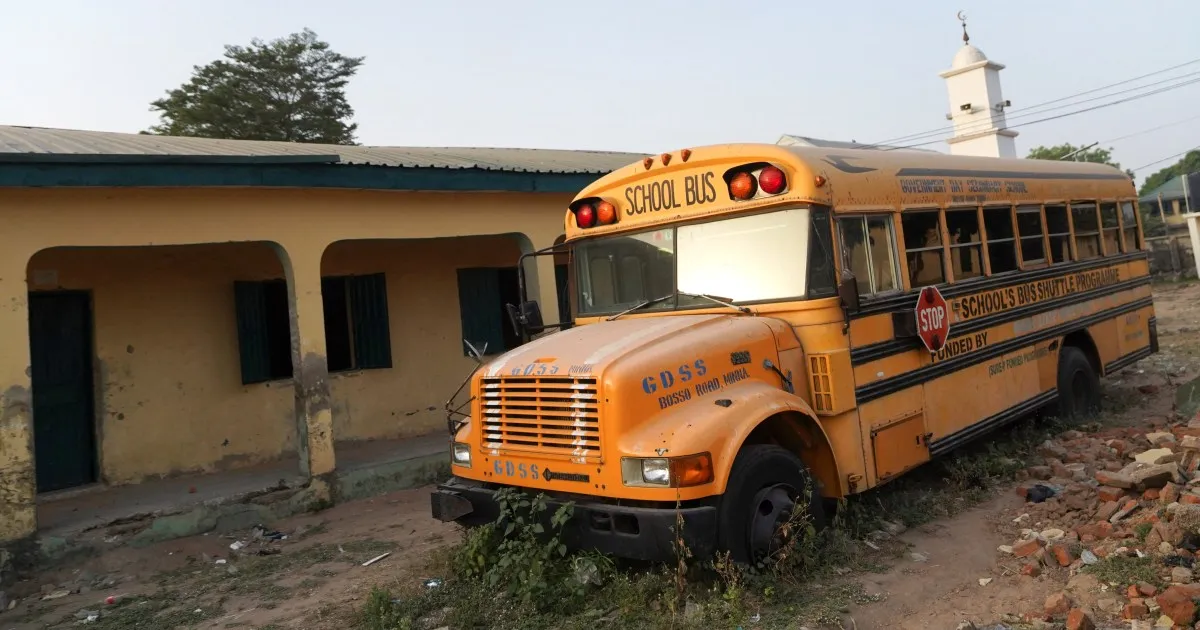The festive season is one of the busiest times for travel, and it’s handy to know your rights when it comes to getting a refund and compensation for any delays or cancellations you may encounter
The Christmas period is famously one of the most chaotic times for travel, with thousands of Brits hopping on planes or trains to reunite with family and friends, whether that’s within the UK or abroad. With travel disruption already anticipated in the run-up to Christmas, it’s essential to understand your entitlements regarding refunds and compensation should you face any delays or cancellations.
Multiple strikes have already been confirmed, threatening to cause significant disruption to holiday travel. Approximately 200 check-in and baggage handling workers employed by easyJet at London Luton Airport are set to strike during the final two weekends of December amid an ongoing pay row.
Meanwhile, Heathrow Airport is bracing itself to handle seven million passengers across its four terminals throughout the festive period. It has also emerged that Friday, 20 December, and Sunday, 28 December, are set to be the busiest days for UK airports.
Furthermore, National Rail has confirmed there will be “planned essential engineering works and upgrades taking place as Network Rail works to improve the railway” over the festive period. There may also be reduced services, with some train operators making alterations to their schedules.
So if you’re journeying during the hectic festive season and encounter delays or cancellations, here’s your complete guide to refunds and compensation entitlements.
Flight refunds
If your flight gets cancelled while you’re travelling to or from the UK, you’re legally entitled to either a refund or an alternative flight to your destination, according to MoneySavingExpert. However, there are a few key points that passengers should be aware of:
- The airline is responsible, even if your booking was made through an online travel agency
- If you booked a package holiday, the responsibility lies with the tour operator
- You’re entitled to an alternative flight at the earliest opportunity, and it doesn’t need to be with the same airline
- You can request a different flight, but don’t go ahead and book one yourself
Moreover, if your flight is significantly delayed, which could range from two to four hours, Citizens Advice states that the airline must provide you with:
- Food and drink
- Access to phone calls and emails
- Accommodation if you’re delayed overnight – along with transport between the airport and hotel
For more details, you can visit the Citizens’ Advice website. It’s also advisable to check directly with your airline to see if you qualify for a refund.
Flight compensation
When it comes to flight compensation for delays or cancellations on journeys to or from the UK, the rules can vary. It’s crucial to remember that even if an airline offers a credit note in lieu of a refund, you’re entirely within your rights to demand a cash reimbursement, potentially of up to £520.
As outlined by MoneySavingExpert, under the UK/EU flight delay compensation scheme, certain flights qualify for compensation at a fixed rate. For your flight to be eligible, it must satisfy the following conditions:
- Your flight arrived more than three hours late at its destination
- The flight was scheduled in the past six years
- The delay was the airline’s fault
You may also be eligible for compensation if you were unable to board your flight due to overbooking.
MoneySavingExpert highlights that compensation under EU/UK regulations concerns the “inconvenience of a delay”, rather than reimbursement of the ticket cost. The amount you could claim depends on how long your delay lasted and the distance of your journey.
Furthermore, what matters is your arrival time, not your departure time. Travellers become eligible for compensation when their flight lands more than three hours after the scheduled arrival time.
To determine if you qualify for compensation, you should check directly with your airline.
Rail refunds
National Rail states that if your train experiences delays or cancellations and you choose not to travel, you can secure a refund for your unused ticket without facing any fees from the original seller. If you purchased your ticket from a railway company, their contact information can be found on National Rail’s Find a Train Company page.
Furthermore, it’s worth noting that tickets purchased from self-service machines at stations often include instructions on how to request a refund.
Train compensation
Regarding compensation for rail journeys, National Rail confirms that passengers who arrive late at their destination due to cancelled or delayed services may be eligible to claim money back directly from the train operator.
National Rail states that eligibility depends on several factors:
- Train company you travelled with – different companies have different guidelines, but they all offer compensation
- Type of train ticket – compensation is calculated differently depending on the ticket purchased
- Length of the delay – each train company has its own “compensation threshold”
The most effective way to establish whether you qualify for train travel compensation is to check directly with the operator you booked through. Claims can usually be submitted online, and sometimes via post, or even through designated staff at stations.
For further details, you can visit the National Rail website.
